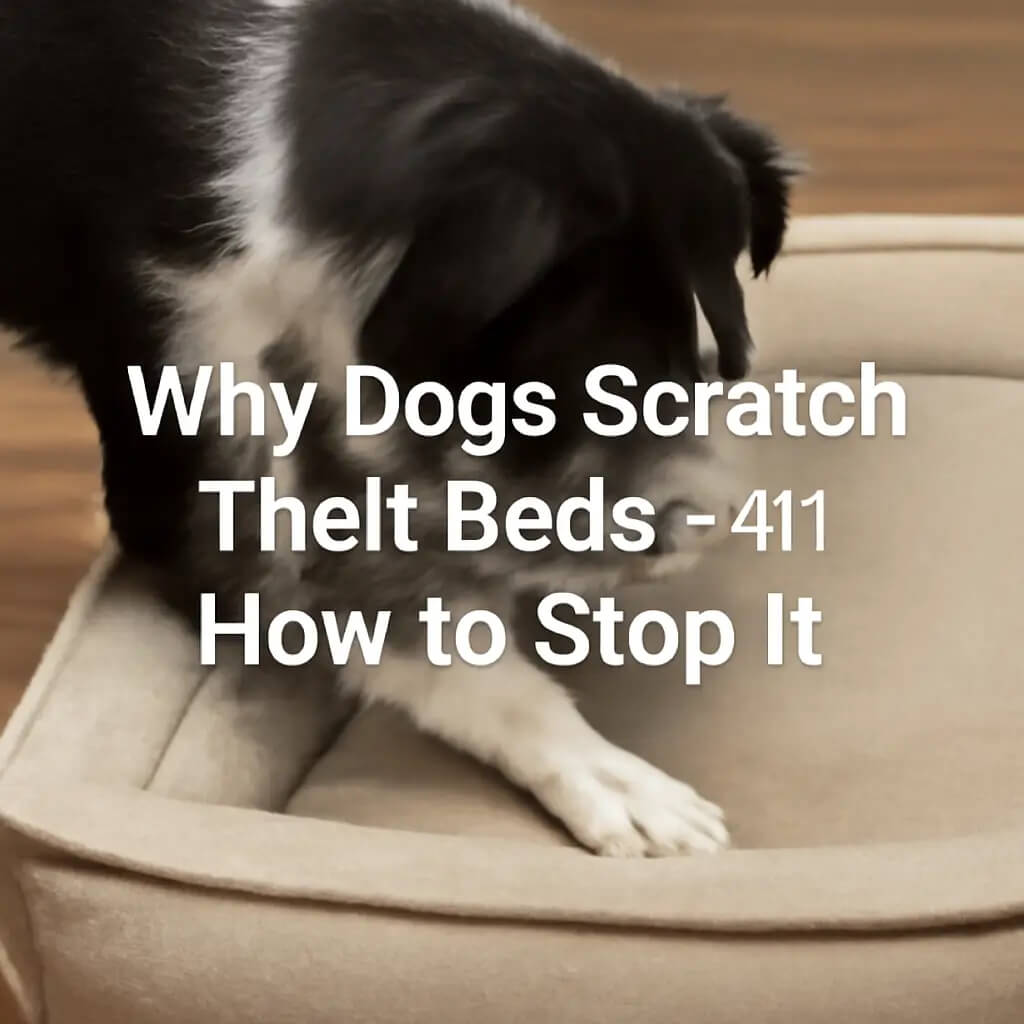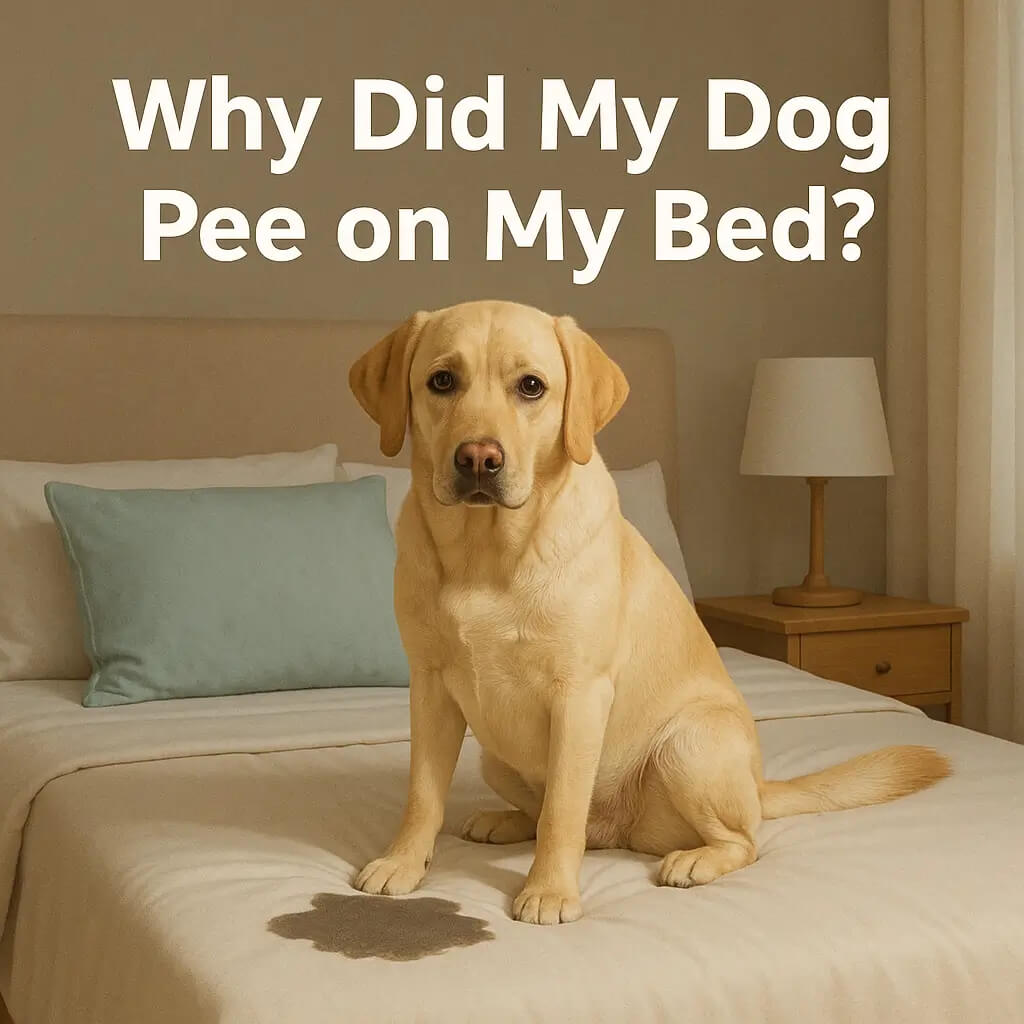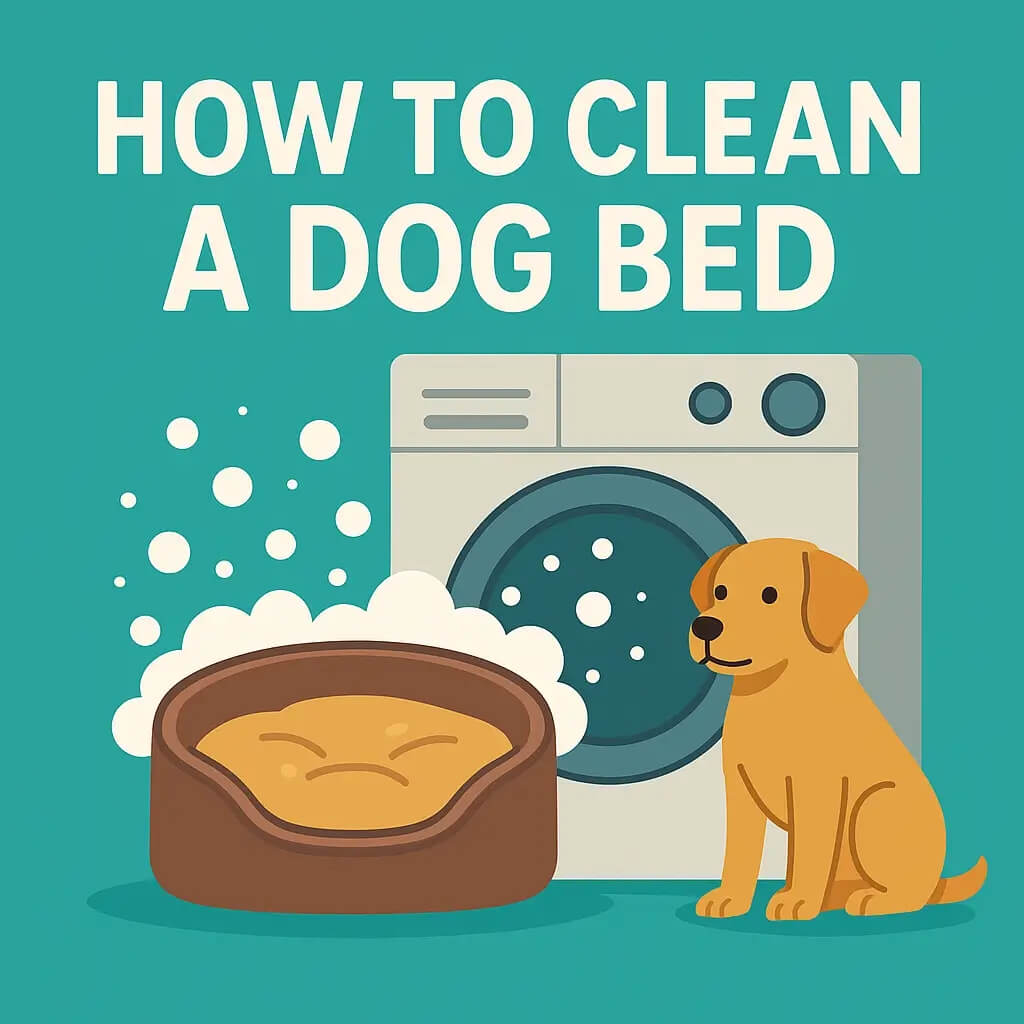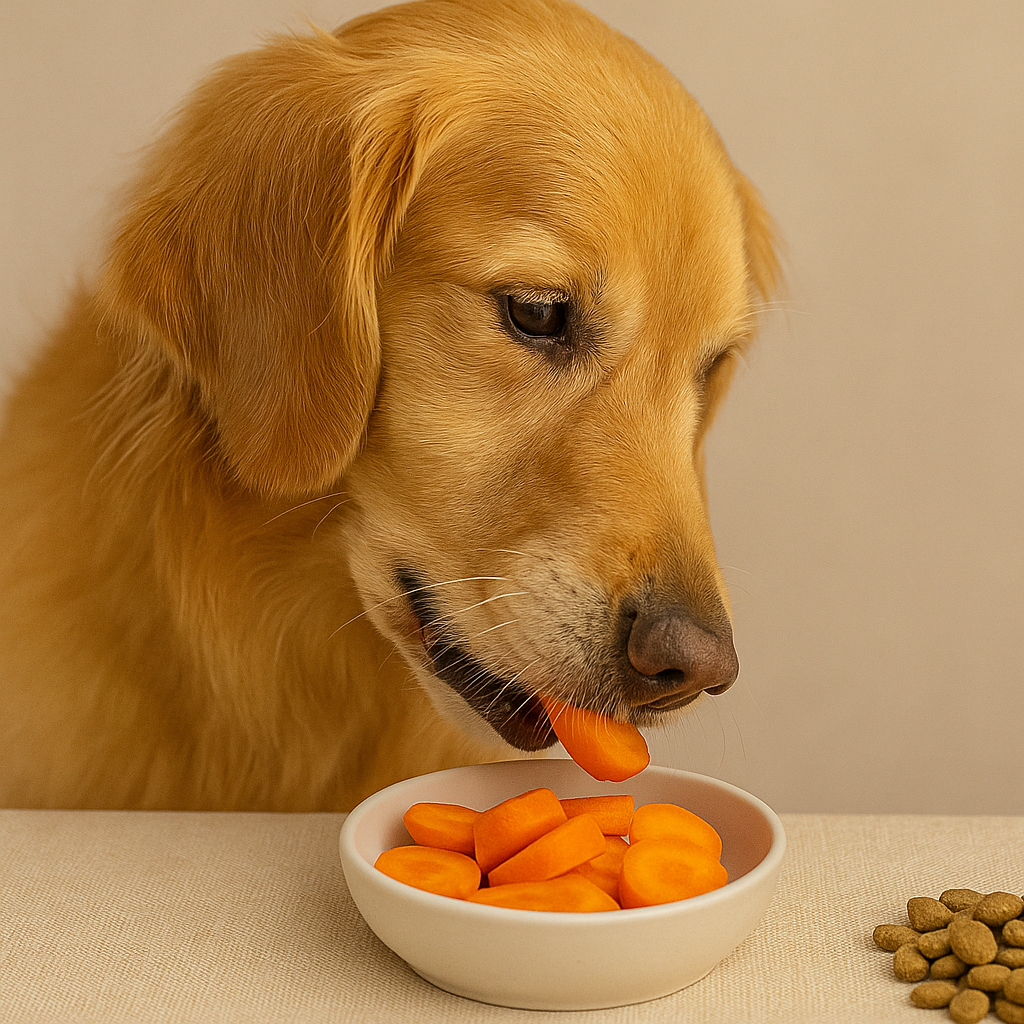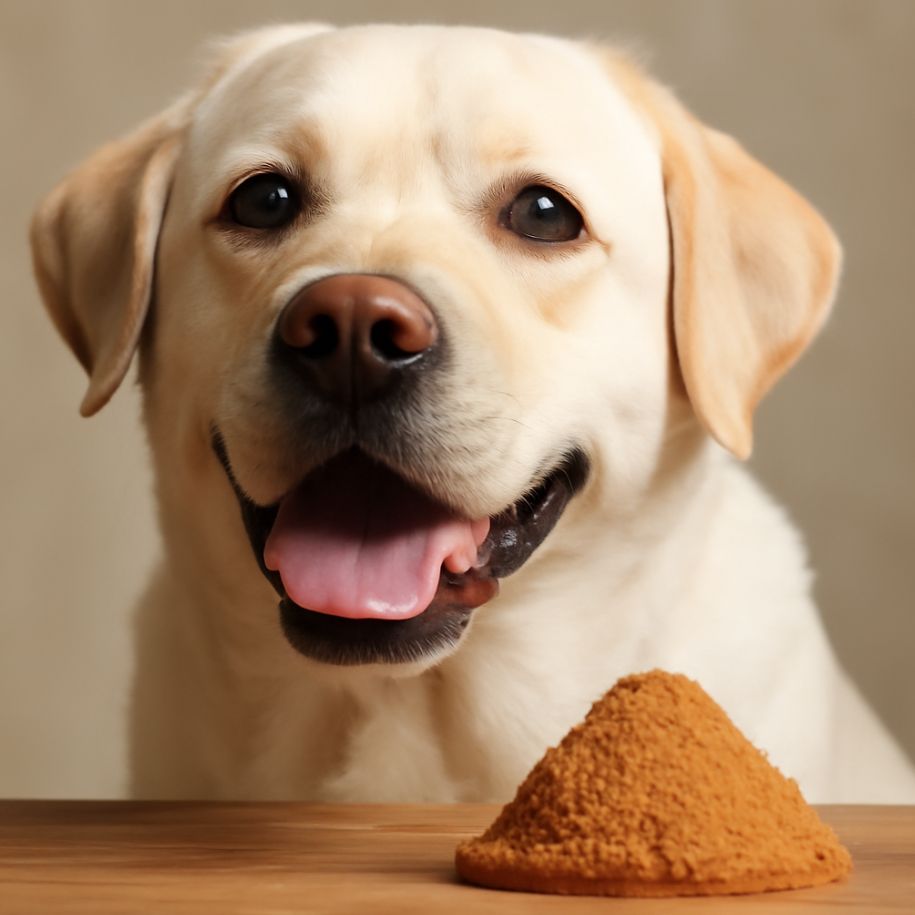If you've ever experienced your dog biting or nipping, you know it can be unsettling. As a responsible dog owner, understanding your pet’s biting behavior and learning how to stop your dog from biting you is essential to maintaining a safe and enjoyable environment for your family and companion animals.
Why Dogs Bite: Understanding the Root Causes
Dogs bite for many reasons, including fear, anxiety, pain, resource guarding, and play biting. Puppies, in particular, engage in playful mouthing, which is a normal behavior. Recognizing these triggers early helps you manage the biting behavior more effectively.
Puppy Mouthing vs. Adult Dog Aggression
Puppy bites are typically harmless and part of puppies play behavior. Puppies bite gently to explore their environment, known as learned bite inhibition. Adult dogs, however, may bite out of aggression or pain. It's crucial to differentiate between playful mouthing in young dogs and aggressive biting in adult dogs.

Spot Early Warning Signs Before the Bite
Watch your dog's body language closely. Signs such as stiff posture, direct eye contact, lifted lips, and growling indicate potential biting behavior. Identifying these signs can prevent dog bites by allowing you to intervene promptly.
Teaching Puppy Bite Inhibition
Puppy bite inhibition involves teaching your puppy to mouth gently. When a puppy grabs your hand with its teeth, make a loud noise like a yelp, signaling pain. This teaches your puppy that biting hard hurts and stops play immediately. Provide a short time-out to reinforce this lesson.
Positive-Reinforcement Training for Adult Dogs
Adult dogs benefit greatly from positive reinforcement training. Redirect your dog’s attention from biting to chew toys, tug toys, or treats. Reward your dog with verbal praise when they chew on toys instead of human skin. Commands like "leave it" or "drop it" are particularly effective.

Structured Socialization Checklist
Socializing puppies at a young age reduces fear-based biting behaviors. Enroll your puppy in puppy classes to safely interact with other puppies and learn proper social cues. Introduce them gently to various people, companion animals, and environments to build confidence.
Providing Appropriate Outlets
Dogs, especially young dogs, require mental stimulation and physical exercise. Invest in chew toys, puzzle feeders, and tug of war toys. Regular exercise and gentle play sessions help reduce excess energy and frustration, reducing unwanted biting behavior.
Rule Out Medical Causes
If your dog's biting seems sudden or aggressive, consult a veterinary behaviorist. Pain from sore gums, dental problems, or other health issues can lead to aggressive behavior. Regular veterinary checks can rule out these concerns.
Effective Management Tools
Use practical management tools like muzzles, taste deterrents, and dog leashes to control biting. Condition your dog gradually to wear these items comfortably. Using baby gates or playpens can also create safe boundaries during training periods.

Kid & Guest Safety Protocols
Protect your family members, especially children, by setting clear guidelines. Teach kids to avoid eye contact with dogs displaying aggressive signals and practice remaining calm around dogs. Always supervise interactions between dogs and guests.
What to Do If a Bite Happens
In case a bite occurs, remain calm. Wash the bite thoroughly, apply first aid, and seek medical attention if necessary. Document the incident and check your dog's vaccination records.
U.S. Legal and Liability Basics
Understanding local animal control laws is essential. Dog owners must know their state's bite laws and ensure compliance with rabies vaccinations and reporting procedures.
When to Seek Professional Help
If biting continues despite your efforts, seek help from a certified professional dog trainer or a certified applied animal behaviorist. These qualified professionals can offer targeted solutions tailored to your dog's specific behaviors.
Consistency and Patience
Teaching bite inhibition and modifying biting behavior requires consistency and patience. Expect gradual improvement and remain consistent with training routines and positive reinforcement strategies.
FAQs
How do I train my dog not to bite me?
Use positive reinforcement training, redirect to chew toys, and provide consistent feedback with verbal praise and treats.
How do I get my dog to stop biting the owner?
Understand why your dog is biting, address triggers, use gentle corrections like loud noises, and reinforce good behavior consistently.
How do you discipline a dog that keeps biting?
Discipline through gentle corrections and time-outs rather than harsh punishment. Redirect unwanted behavior towards appropriate toys.
How to avoid being bitten by a dog?
Recognize body language cues, remain calm, avoid sudden movements, and never approach unfamiliar dogs aggressively.
Further reading and professional tips on dog behavior are available from the UK's Dogs Trust, a leading animal welfare charity.
By understanding and managing your dog’s biting behavior, you ensure a happier, safer relationship with your beloved pet.


